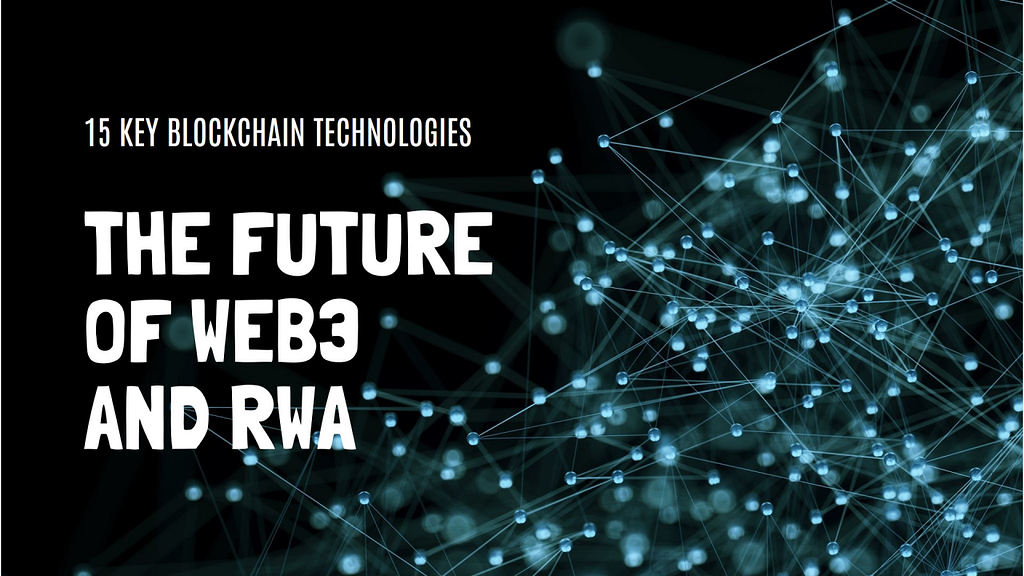
Blockchain has become a bridge between the digital and physical worlds, with tokenization and Real World Assets (RWA) opening up new possibilities for investment, ownership, and decentralized applications. Tokenization converts ownership of assets like real estate, art, or securities into blockchain-based tokens, providing transparency and liquidity. As blockchain adoption grows, regulatory frameworks are evolving to recognize the value of these digital innovations.
In this series, we review 15 blockchain technologies and standards that are building legal and financial credibility worldwide. From tokenized assets to DeFi protocols, these technologies are paving the way for the future of finance and digital ownership.
10. Central Bank Digital Currencies (CBDCs)
CBDCs are digital versions of national currencies issued by central banks. Unlike cryptocurrencies, CBDCs are backed by government institutions, aiming to modernize payment systems while maintaining monetary control. Several countries, like China and the Bahamas, are actively developing or piloting CBDCs.
- Jurisdictions: China, Bahamas, Sweden, EU
- Status: Legally recognized as digital national currency
- Analog: Digital equivalent of cash issued by central banks
- Ratings:TVL: ⭐⭐⭐⭐⭐
- Ease of Use: ⭐⭐⭐⭐▪️
- Adoption: ⭐⭐⭐⭐▪️
9. Tokenized Assets (RWA)
Tokenization of Real World Assets (RWA) allows fractional ownership of physical assets, such as real estate or art, on blockchain platforms. This opens up investment opportunities to a broader audience, though regulations often categorize tokenized assets as securities.
- Jurisdictions: U.S., EU, Australia
- Status: Regulated as securities with requirements for transparency and compliance
- Analog: Similar to fractional shares or investment products in traditional finance
- Ratings:TVL: ⭐⭐⭐⭐▪️
- Ease of Use: ⭐⭐⭐▪️▪️
- Adoption: ⭐⭐⭐▪️▪️
8. Decentralized Finance (DeFi) Protocols
DeFi protocols facilitate decentralized lending, borrowing, and other financial services on blockchain networks without intermediaries. While popular in many jurisdictions, DeFi faces regulatory challenges, particularly in the U.S. and EU, where authorities monitor for compliance with financial regulations.
- Jurisdictions: U.S., EU, Singapore
- Status: Often regulated as financial services under securities and AML laws
- Analog: Comparable to traditional financial platforms, like banks and investment funds
- Ratings:TVL: ⭐⭐⭐⭐⭐
- Ease of Use: ⭐⭐⭐▪️▪️
- Adoption: ⭐⭐⭐⭐▪️
7. DAOs (Decentralized Autonomous Organizations)
DAOs represent decentralized governance models where decision-making occurs via token-based voting. DAOs are legally recognized as LLCs in some jurisdictions, like Wyoming, allowing them to operate as structured organizations.
- Jurisdictions: Wyoming (U.S.), Switzerland
- Status: Recognized as LLCs or similar entities with governance through smart contracts
- Analog: Similar to cooperatives or LLCs with automated governance
- Ratings:TVL: ⭐⭐⭐⭐▪️
- Ease of Use: ⭐⭐▪️▪️▪️
- Adoption: ⭐⭐⭐▪️▪️
6. Utility Tokens
Utility tokens grant access to specific blockchain services or products without offering profit-sharing rights. Although widely used, utility tokens can be regulated as securities in some cases, depending on their use.
- Jurisdictions: U.S., EU, Australia
- Status: Often classified as non-securities, but may require regulatory compliance
- Analog: Comparable to membership tokens or prepaid cards
- Ratings:TVL: ⭐⭐⭐▪️▪️
- Ease of Use: ⭐⭐⭐▪️▪️
- Adoption: ⭐⭐⭐▪️▪️
Stay tuned for Part 3, where we’ll explore the top five blockchain technologies with the highest recognition and regulatory traction. Follow for updates and connect to learn more about tokenization, Web3, and RWA solutions for your projects!
Part 2/3: 15 Key Blockchain Technologies Shaping the Future of Web3 and RWA was originally published in The Capital on Medium, where people are continuing the conversation by highlighting and responding to this story.

 2 months ago
39
2 months ago
39

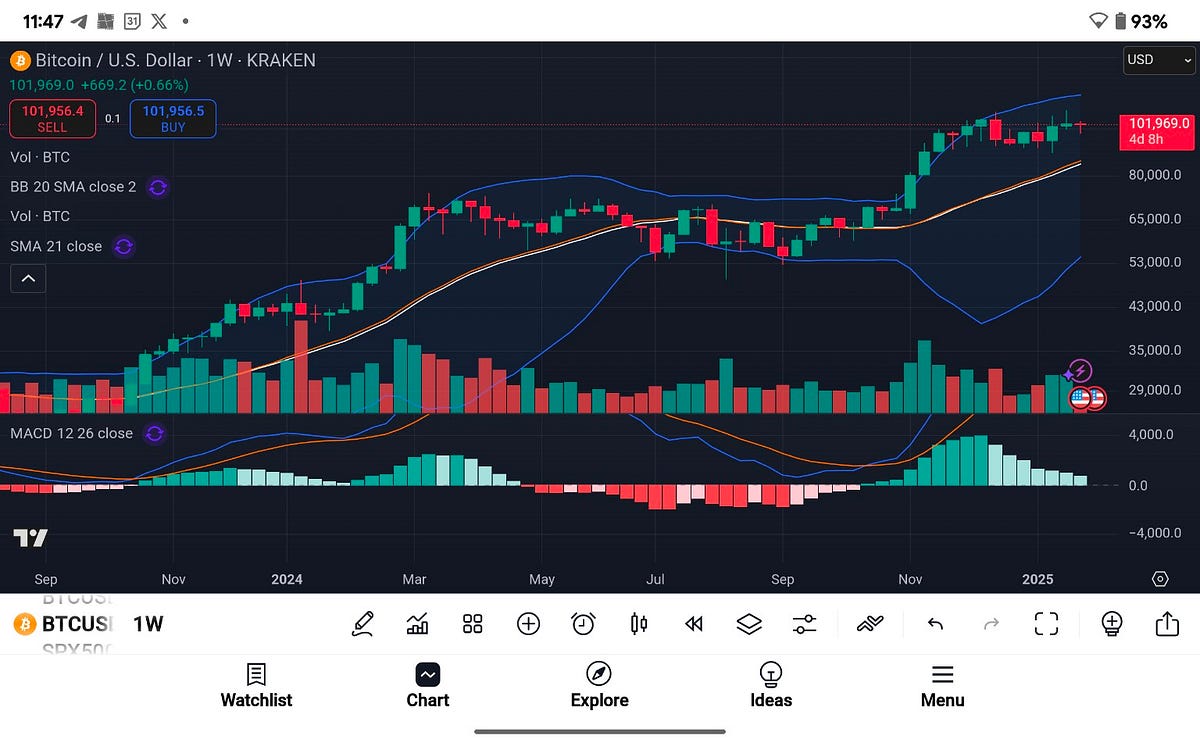
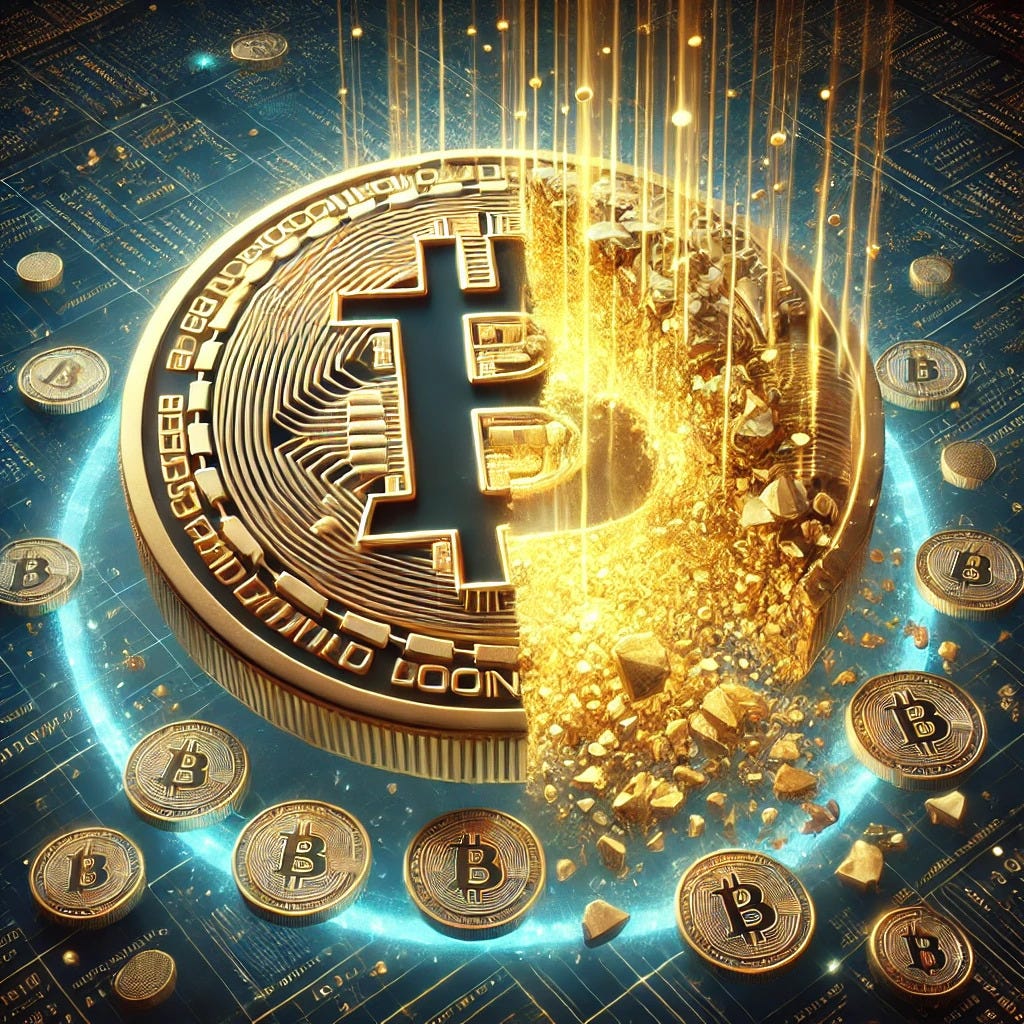

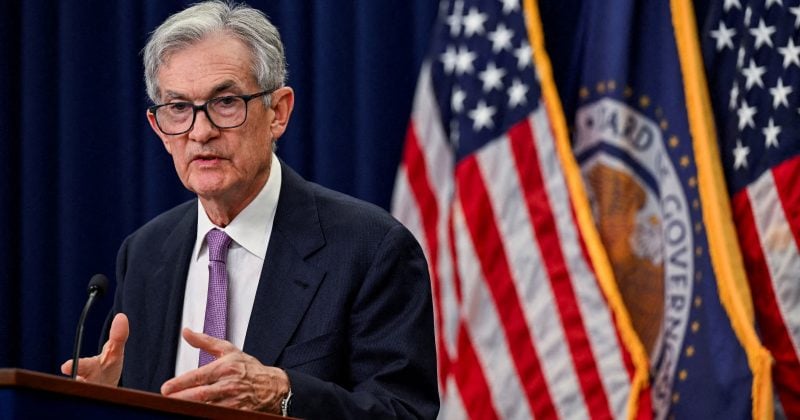

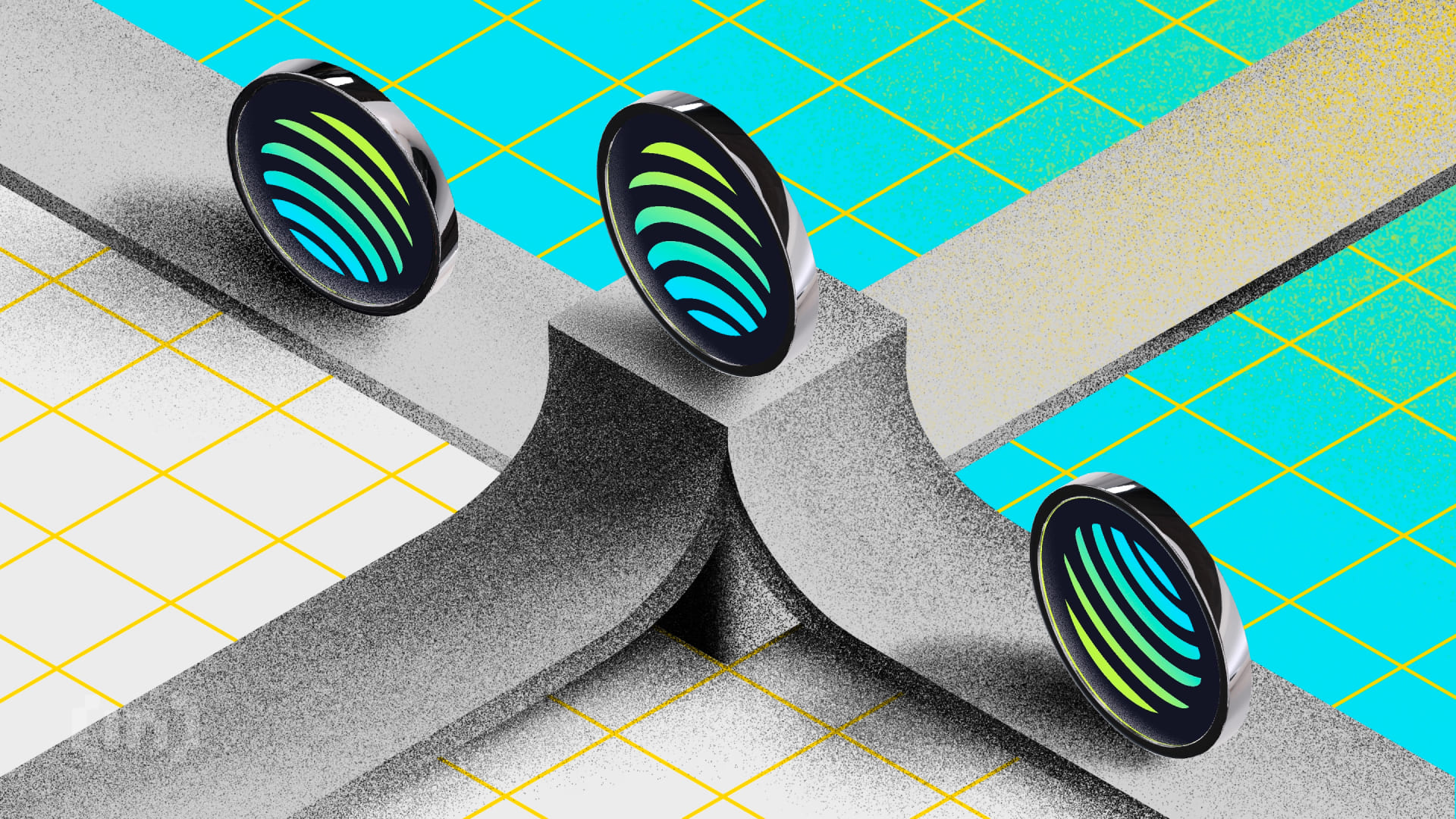
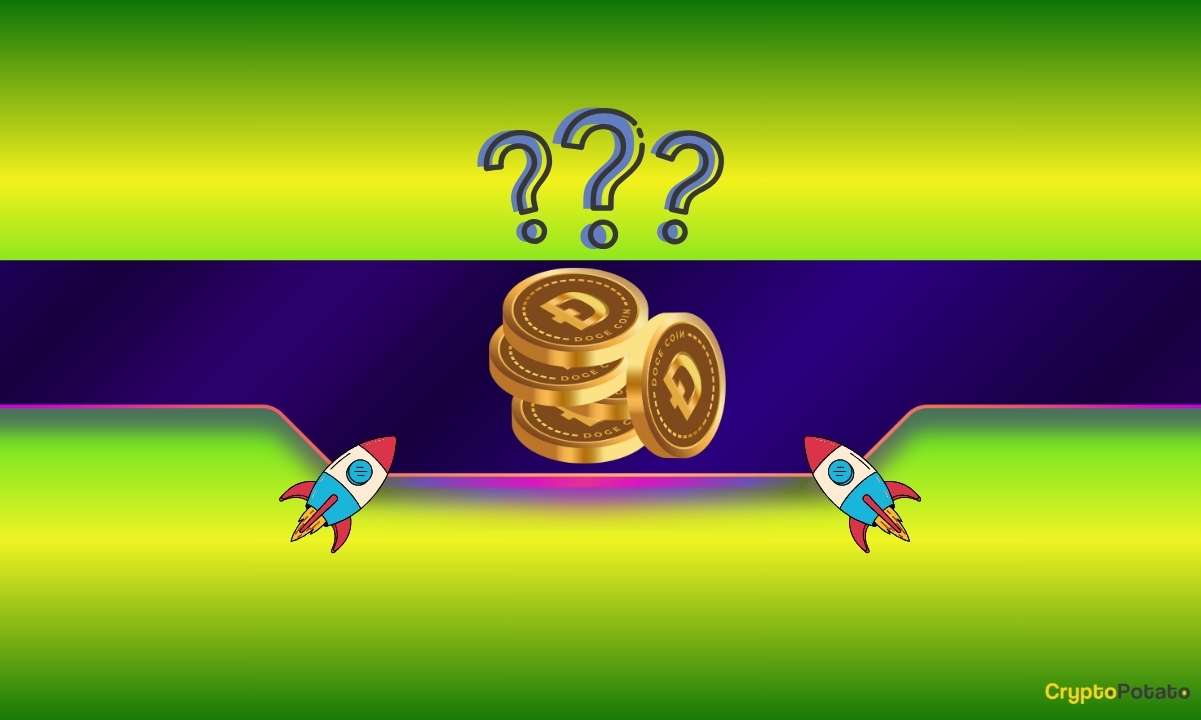

 English (US) ·
English (US) ·